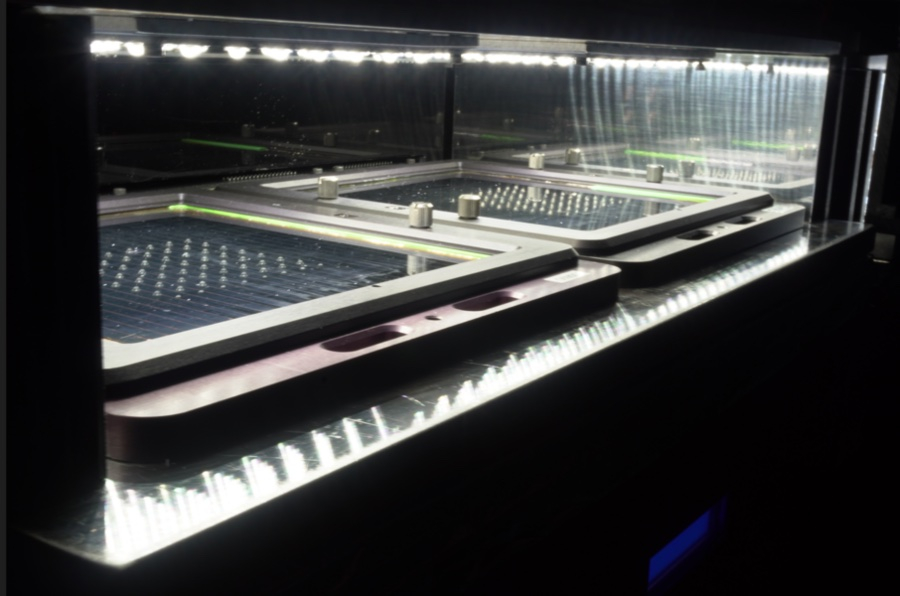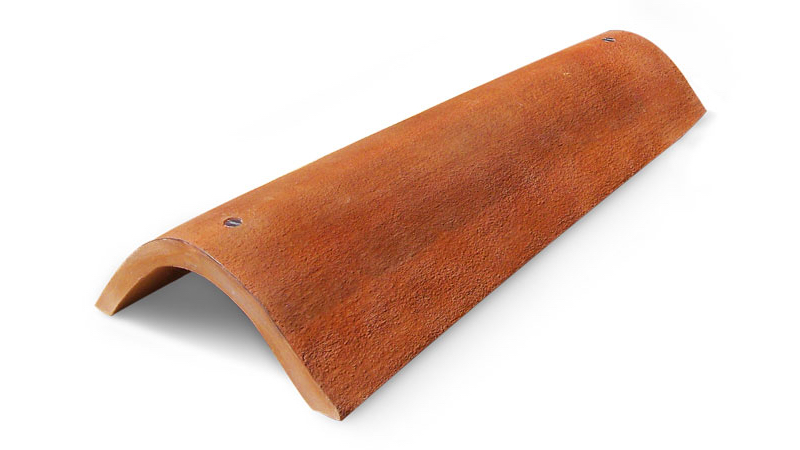Bill Gates invests in solar hopefuls
In 1839, the German mineralogist Gustav Rose discovered a mineral in a rock sample from the Urals, which he named perovskite after his Russian colleague Lev Perowski. Some perovskites can be used to manufacture solar cells. The first perovskite solar cell was manufactured in Japan in 2009.
Perovskite cells are regarded as a beacon of hope for the solar sector because they are more efficient than silicon solar cells and can also be produced more cheaply. The problem: they are not very robust. The first prototypes only lasted a few minutes.
Editor’s Recommendations
In recent years, the service life has been significantly extended – at least to weeks or months. A shelf life of up to 30 years is said to have been achieved in the laboratory. So-called tandem cells, in which both silicon and perovskite are used, are considered to be a practical solution for the near future.
One of the companies specializing in the development of such cells is Cubic PV – the according to CNBC has a prominent financial backer: Bill Gates. Its Breakthrough Energy Ventures fund is one of the participants in a $25 million financing round.
Cubic PV works on tandem cells consisting of a silicon layer and a perovskite layer on top. They should achieve an efficiency of 30 percent. For comparison: Conventional silicon cells have an efficiency of around 24 percent.
The US company is currently planning to build a 10-gigawatt factory to manufacture silicon wafers in order to accelerate the development of tandem solar cells. Cubic PV CEO Frank van Mierlo assumes that in ten to 15 years the entire solar industry will rely on this technology.
In Europe, too, work is being done on tandem solar cells with a perovskite component, for example at Oxford PV, a spin-off from the well-known British university. According to their own statements, Oxford PV has already achieved an efficiency of 28 percent with its development.
Founded in 2010 and with a location in Brandenburg an der Havel startup that is also active in Germany has bigger plans. With a solar cell consisting of several layers, an efficiency of 37 percent should be achieved.
From water to wind: This is the future of energy production
Observers are still skeptical as to whether it will be possible to make perovskite cells so resistant in the near future that their use is worthwhile. The inventor of the perovskite solar cell, the Japanese Tsutomu Miyasaka, is meanwhile convinced that the technology will already account for half of the solar market by 2030.
However, it is not just about replacing pure silicon solar cells, but also about other areas of application such as the integration of solar cells in walls and windows to generate energy.



